In October FOBIF wrote to the Minister for Bushfire Recovery, Peter Ryan, the Minister for Conservation, Ryan Smith, and the National Party member for Northern Victoria, Damian Drum, regarding the government’s planned burning program.
We asked how the Government was responding to the report of the Royal Commission Monitor, Neil Comrie. Mr Comrie had suggested that pursuit of the five percent target was compromising public safety by causing DSE to put a lot of effort into pointlessly burning remote areas while diminishing ‘the State’s ability to focus on risk reduction in high risk areas.’ [See our post]
We’ve had no reply as yet from Mr Ryan. Mr Drum’s brief reply states that ‘the effectiveness of many bushfire prevention policies is…under constant monitoring and review’, and assures us that our views will be ‘considered’.
We have a long reply from Lee Miezis, DSE Executive Director, Fire, on behalf of Mr Smith. Both our letter and the reply are printed below. We’ll comment on the replies in a separate post:
Ryan Smith
Minister for Environment and Climate Change
Dear Mr Smith,
We write to ask if you have considered the opinion of the Royal Commission Monitor, Neil Comrie on the effectiveness of the fuel reduction burning program presently being implemented by DSE. His report
‘questions the rolling target as the most effective way to increase the level of planned burning across the State as working towards a predetermined target may diminish the State’s ability to focus on risk reduction in high risk areas. The [Implementation Monitor] advocates that the State reconsider the planned burning target of five percent as the primary outcome as part of the planned burning reform program. It is considered that the most important objective of the planned burning program must be to address public safety risks in line with [the Royal Commission’s] intentions.’ [p 8]

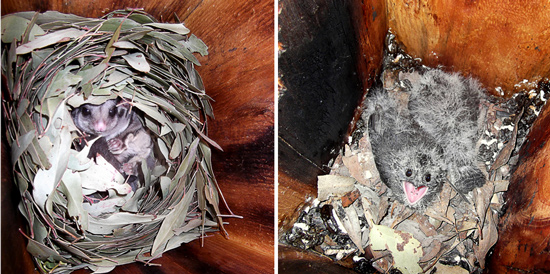
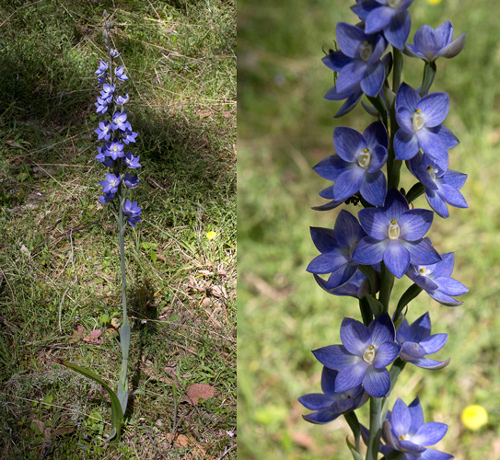
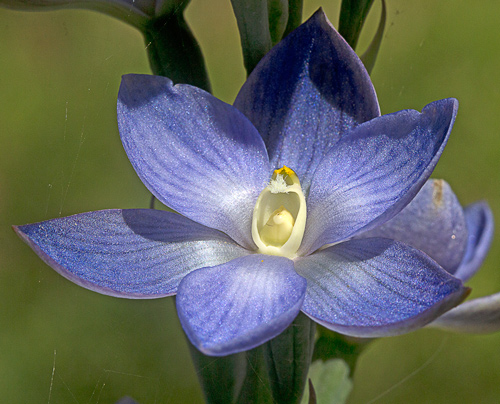
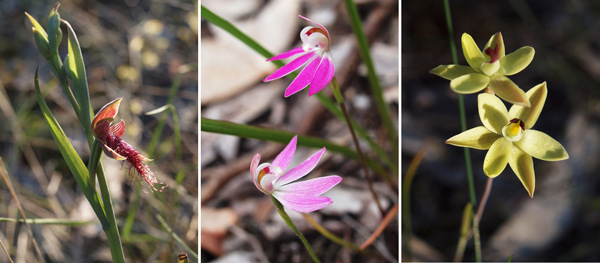
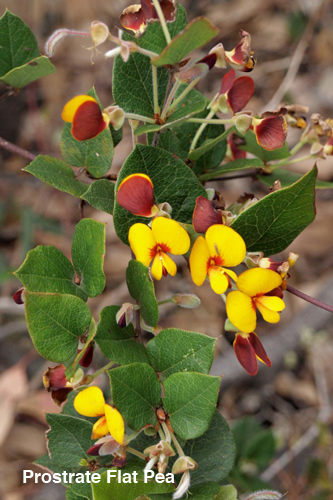
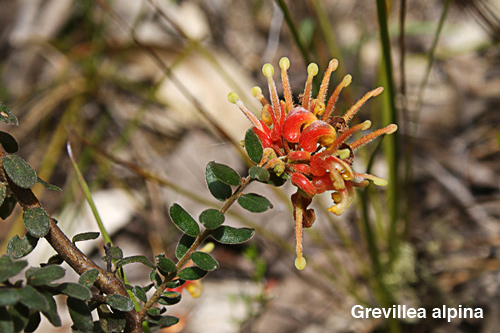
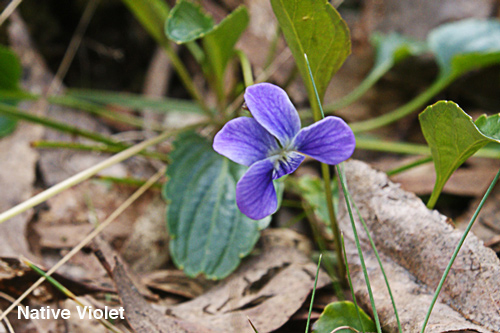
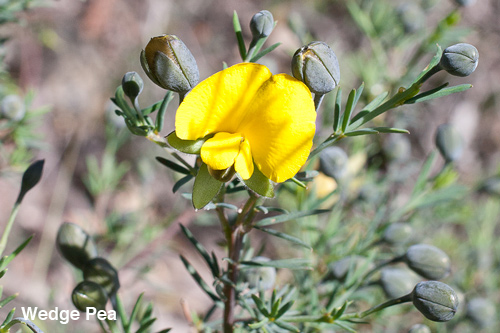
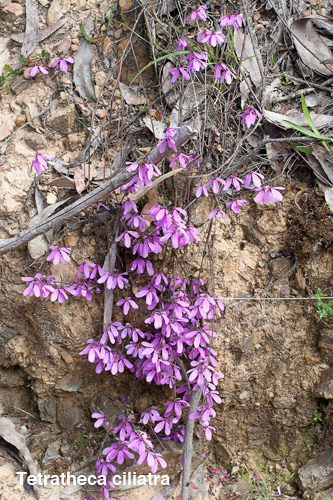
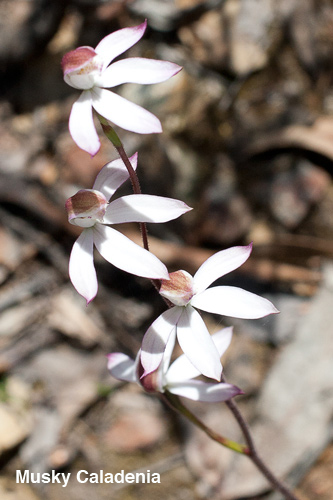

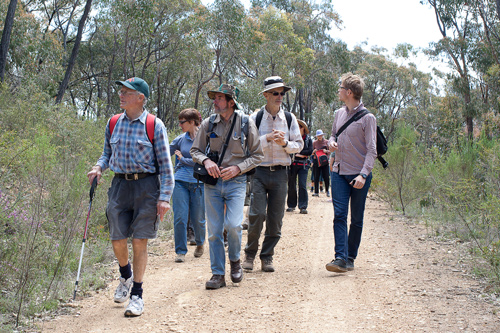
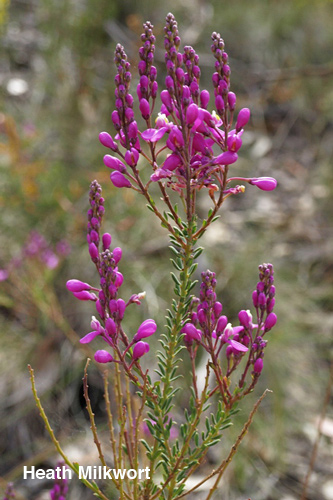
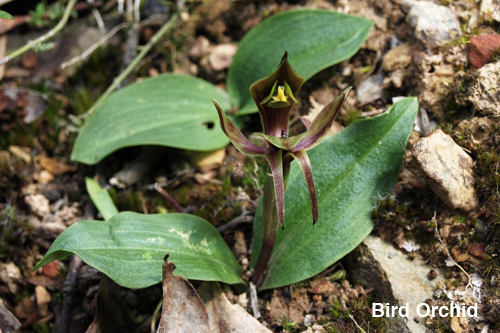
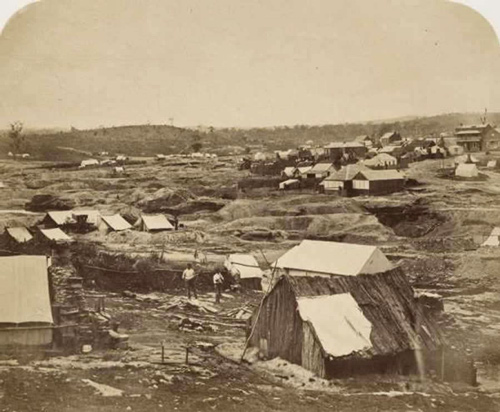
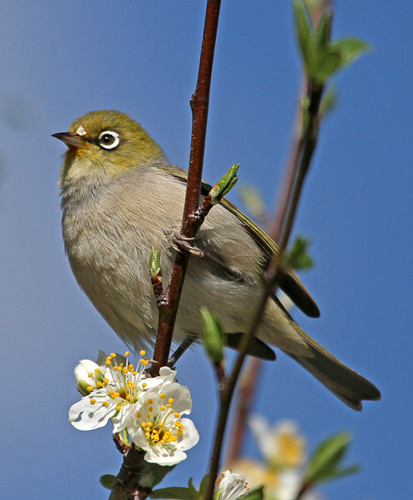

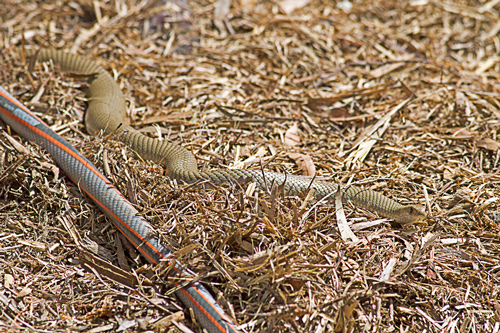
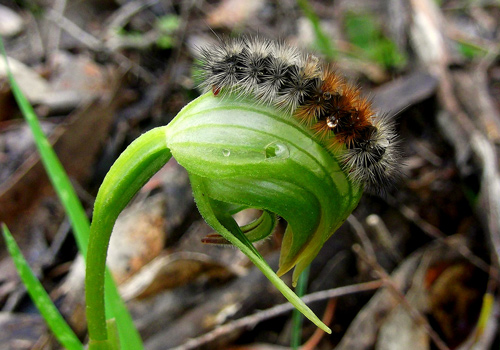
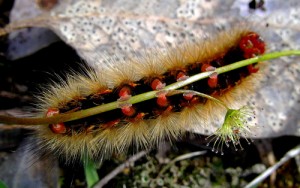
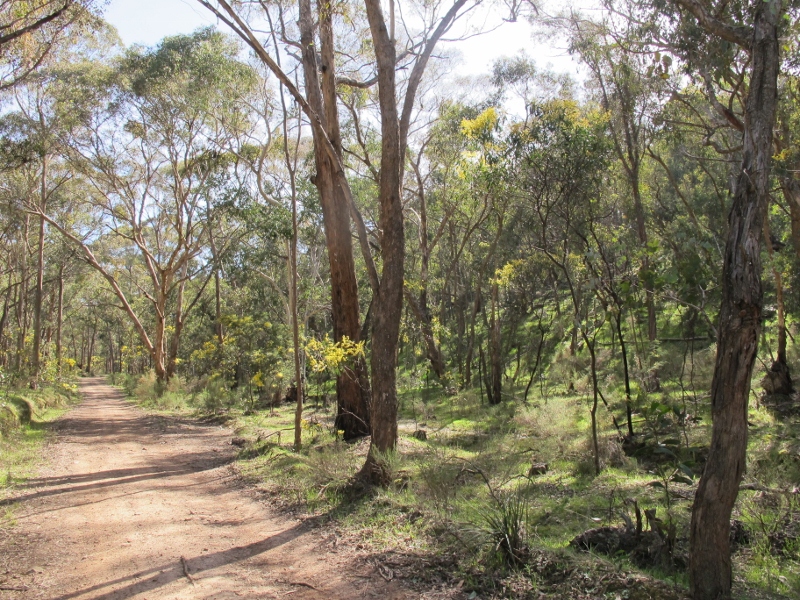



 Click on image for info/order page
Click on image for info/order page Click on image for info/order page
Click on image for info/order page Click on image for info/order page
Click on image for info/order page




















